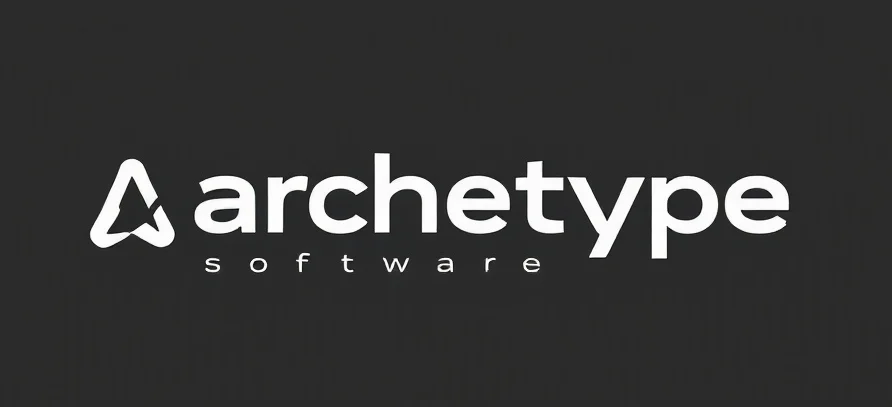The Art and Science of Cross Platform Testing
Imagine trying to coordinate a dinner party where each guest is from a different country and speaks a different language. That’s pretty much what developers face when they’re tasked with ensuring a seamless user experience across various devices and operating systems. Enter the realm of cross platform testing. It’s not just a task; it’s an art and science that ensures your digital product can speak fluently across all platforms.
Why Cross Platform Testing Matters
In the grand tapestry of software development, cross platform testing is the thread that holds the user experience together. It ensures that whether your user is on a Galaxy S21, an iPhone 12, or an ancient PC running Windows 7, they receive the same delightful experience. In the absence of such testing, your app might feel like a poorly dubbed foreign film—out of sync and unintelligible.
Understanding the Challenges
The challenges of cross platform testing are akin to taming a digital hydra. Each platform has its quirks, performance metrics, and compatibility requirements. What works smoothly on Android might throw a tantrum on iOS. And let’s not even mention the labyrinth of browsers—Chrome, Firefox, Safari, Edge—all demanding careful consideration.
These challenges often lull developers into a false sense of security, with the assumption that passing on one platform guarantees success across the board. This couldn’t be further from the truth. It’s akin to assuming that because you can cook pasta, you can master the culinary arts of every culture.
Tools of the Trade
The good news is, like any good technologist, there are tools to assist in this herculean task. Automated testing tools like Selenium, Appium, and BrowserStack have become indispensable allies. They allow developers to simulate environments and run tests without needing a room full of devices. In essence, they are the Rosetta Stone of software testing, decoding the languages of different platforms.
Transformative Impact on Development
Cross platform testing is not just about catching bugs—it’s about transforming the development process. It encourages a broader perspective, forcing developers to think beyond their primary platform. This mindset shift is akin to learning a new language—it opens up new ways of thinking and ultimately leads to a more robust, user-friendly product.
Moreover, it fosters a culture of inclusivity within development teams. By considering all users and platforms from the outset, developers create more equitable and accessible products. It’s a transformative approach that aligns perfectly with the ongoing push for digital inclusivity.
Actionable Recommendations
So, how can you tackle the cross platform conundrum? First, embrace automated testing tools, but don’t rely on them exclusively. They are your sword and shield, but you still need the warrior’s skills. Second, involve real users in your testing process. Their feedback is invaluable and can highlight issues that automated tests may overlook.
Finally, cultivate a mindset of continuous learning and adaptation. The technology landscape changes faster than a chameleon on a rainbow, and staying informed is key to staying ahead. Remember, cross platform testing is not a one-time event—it’s an ongoing journey.
In conclusion, cross platform testing is an essential practice that transcends simple debugging. It’s about creating a harmonious digital ecosystem where every user, regardless of their device or platform, feels at home.
Checkout ProductScope AI’s Studio (and get 200 free studio credits)

